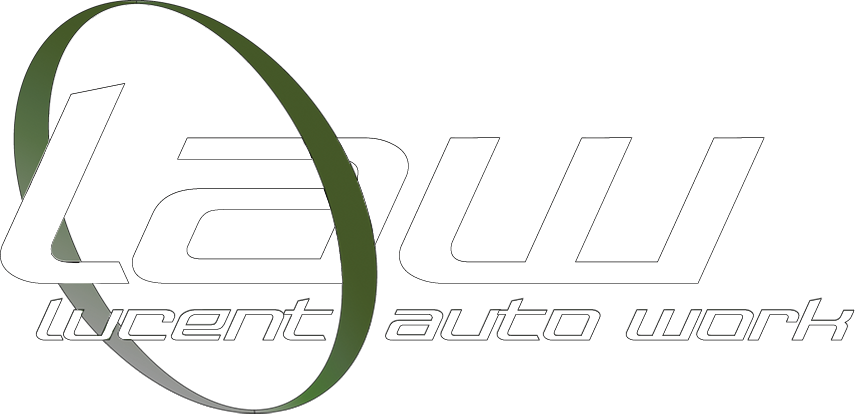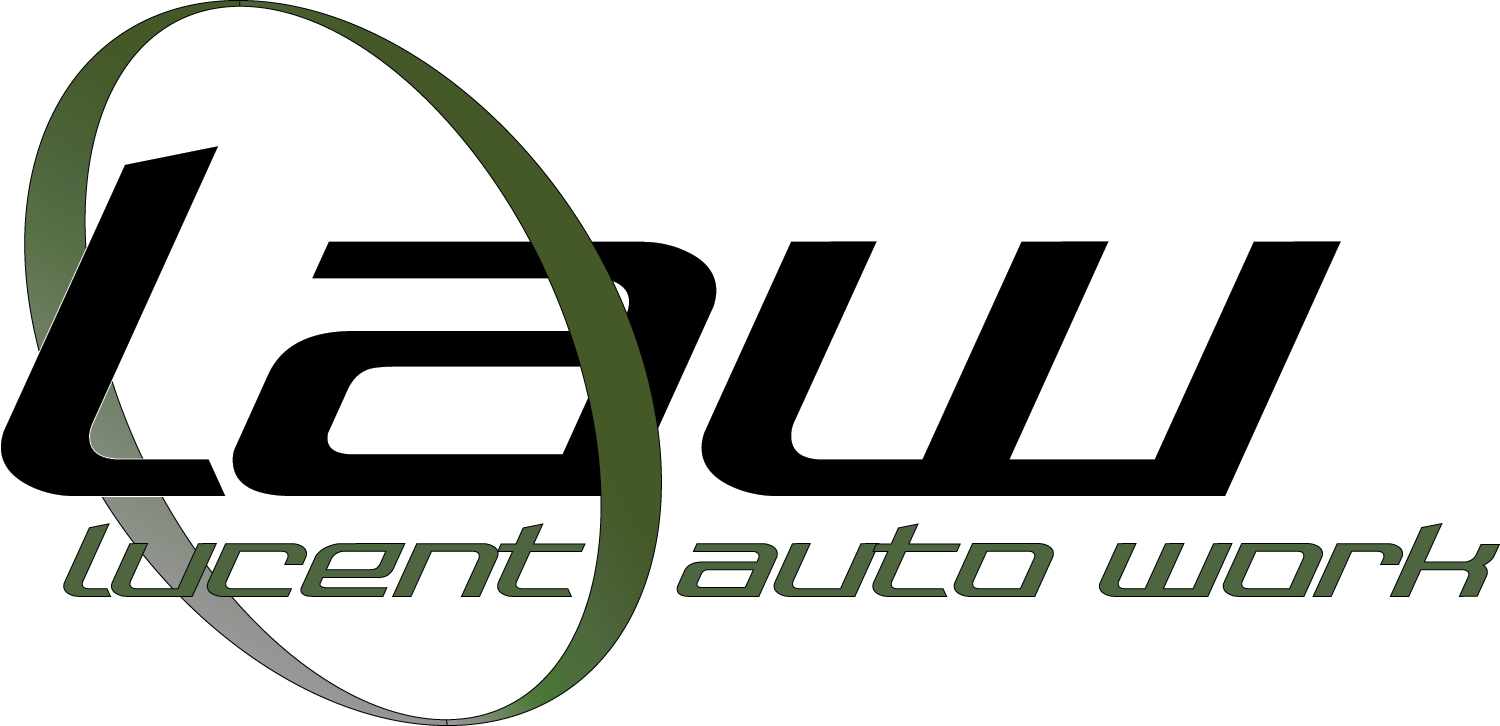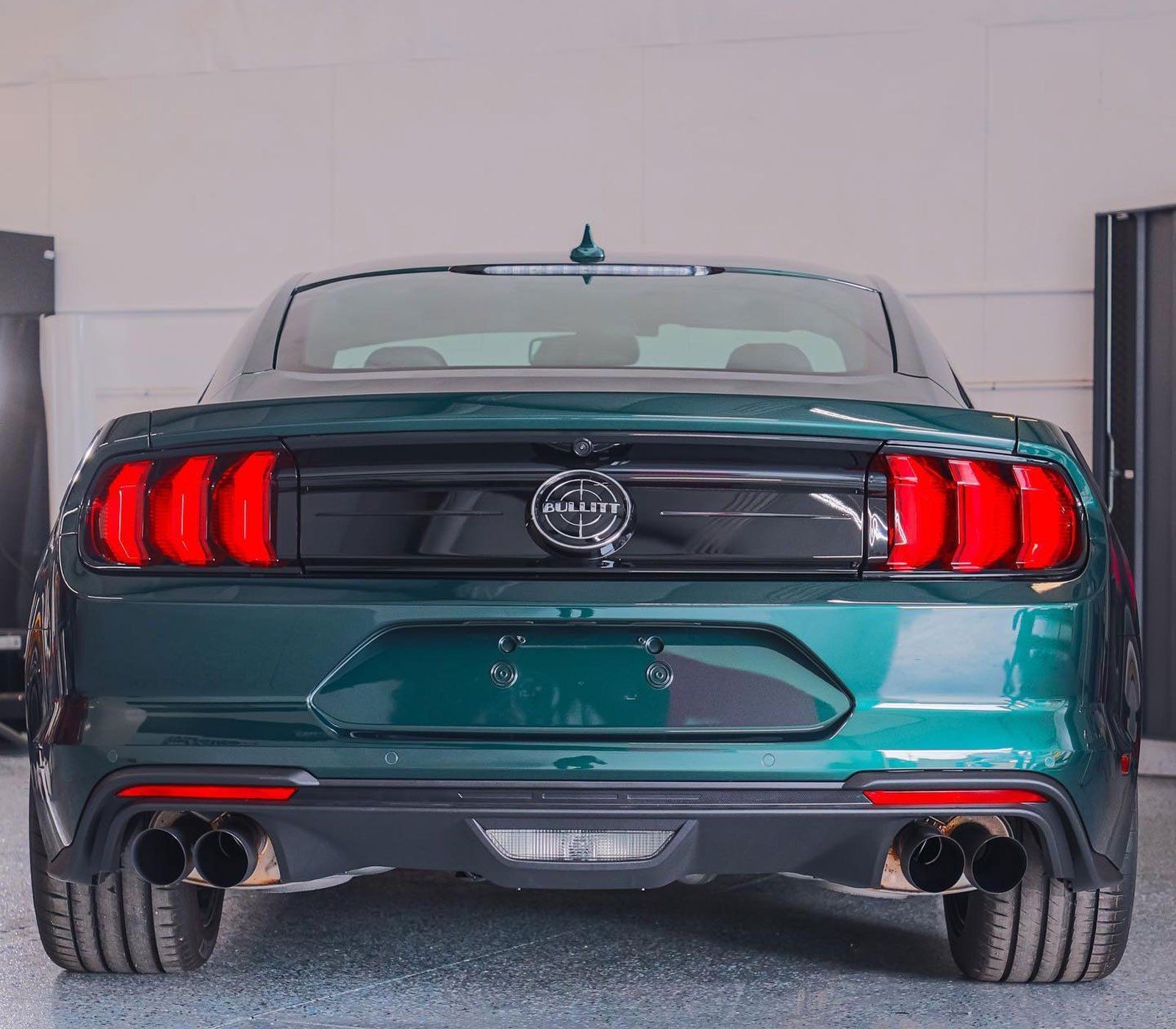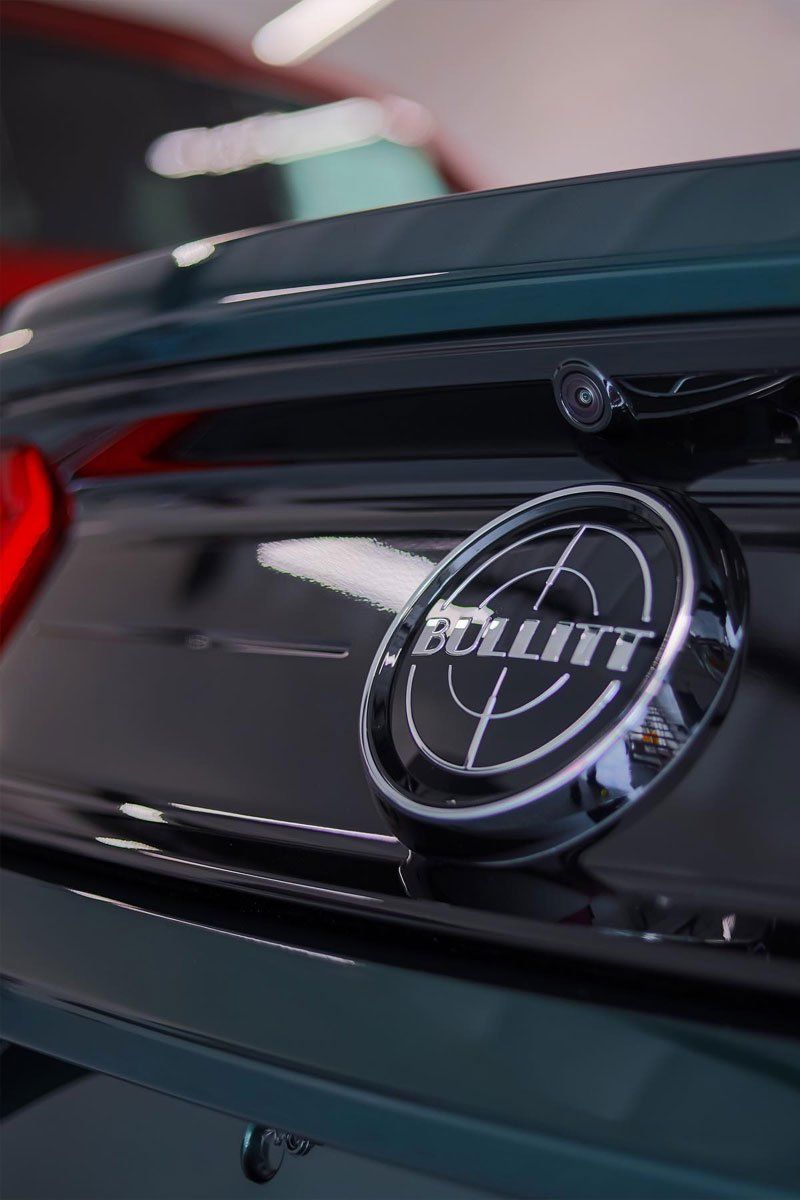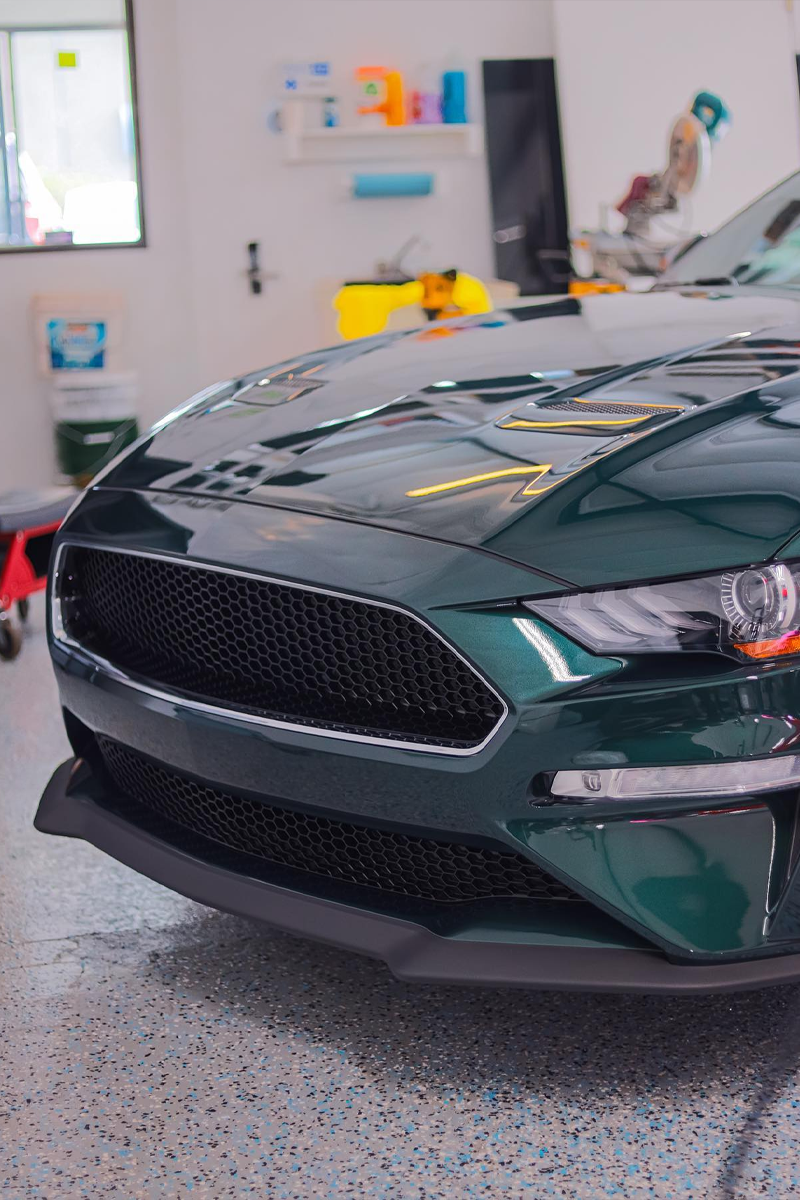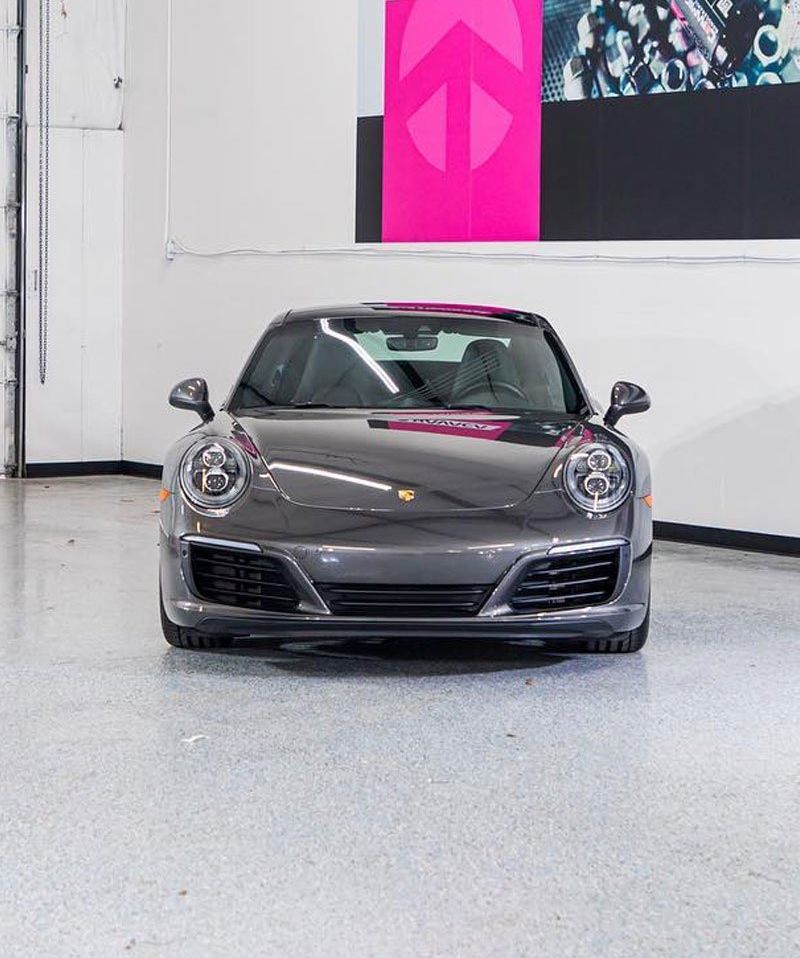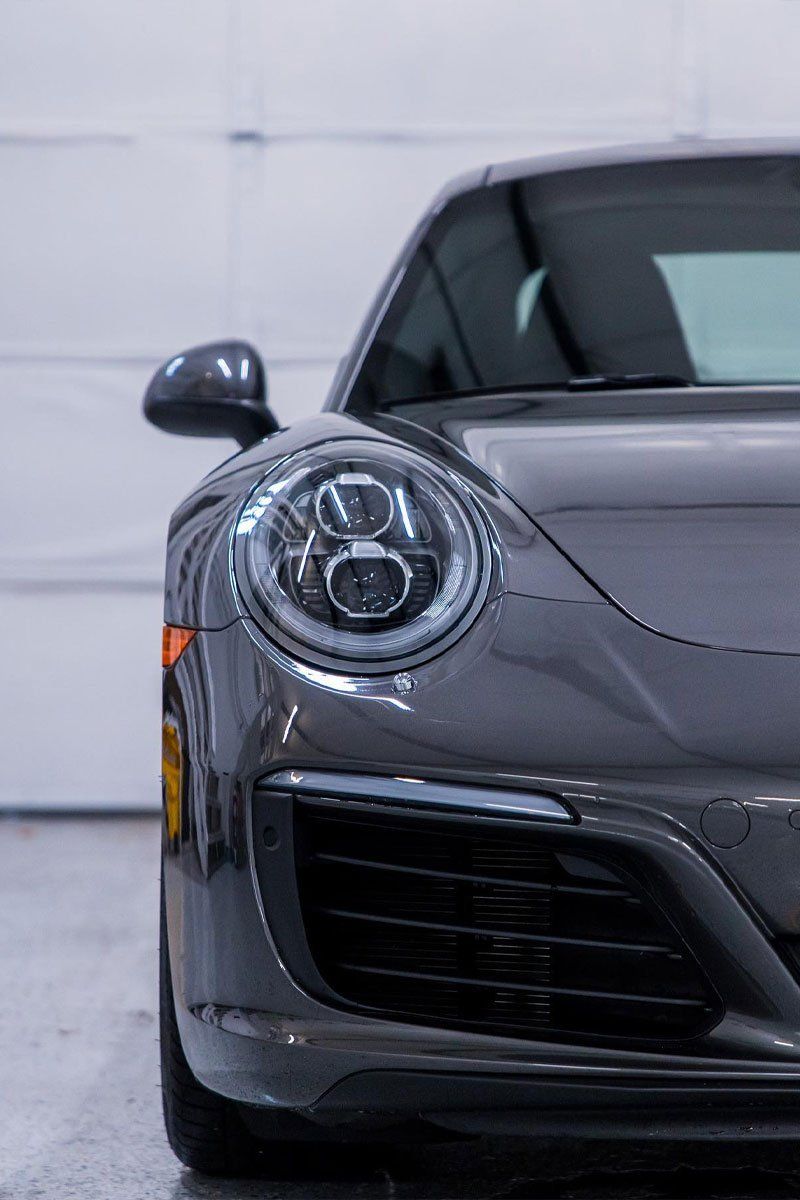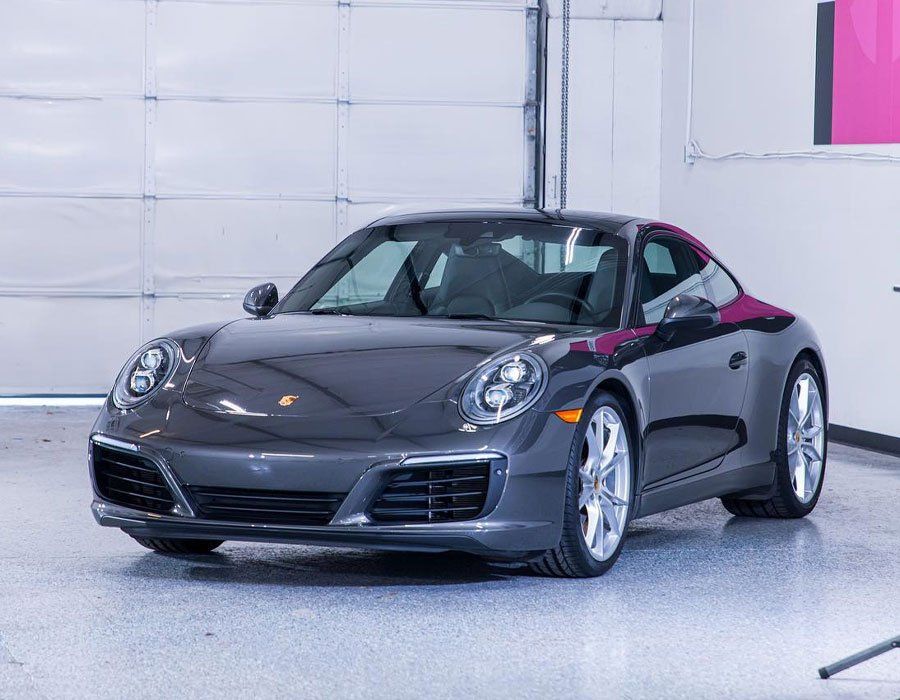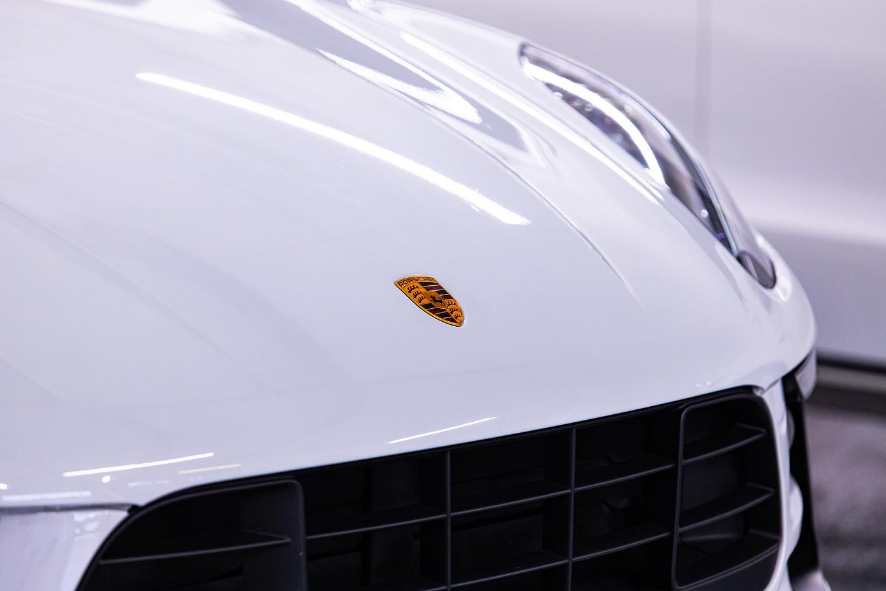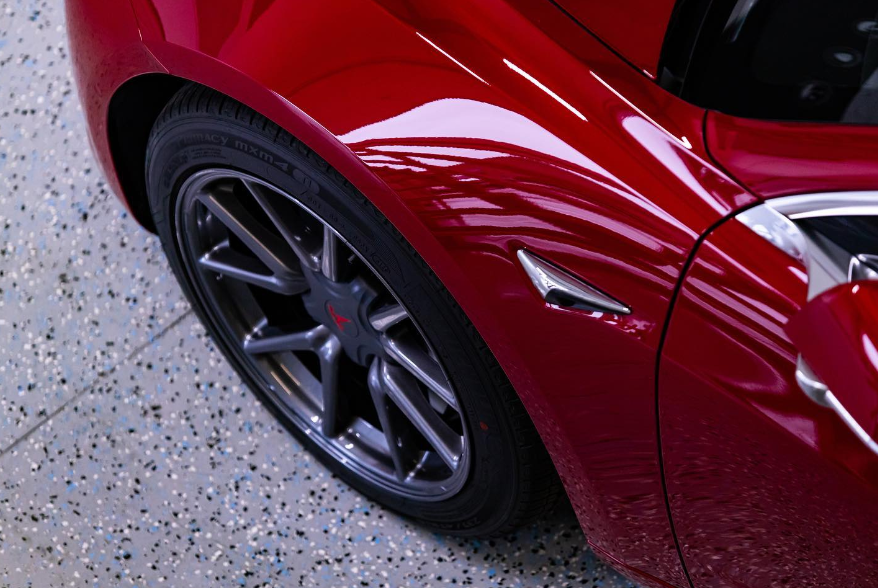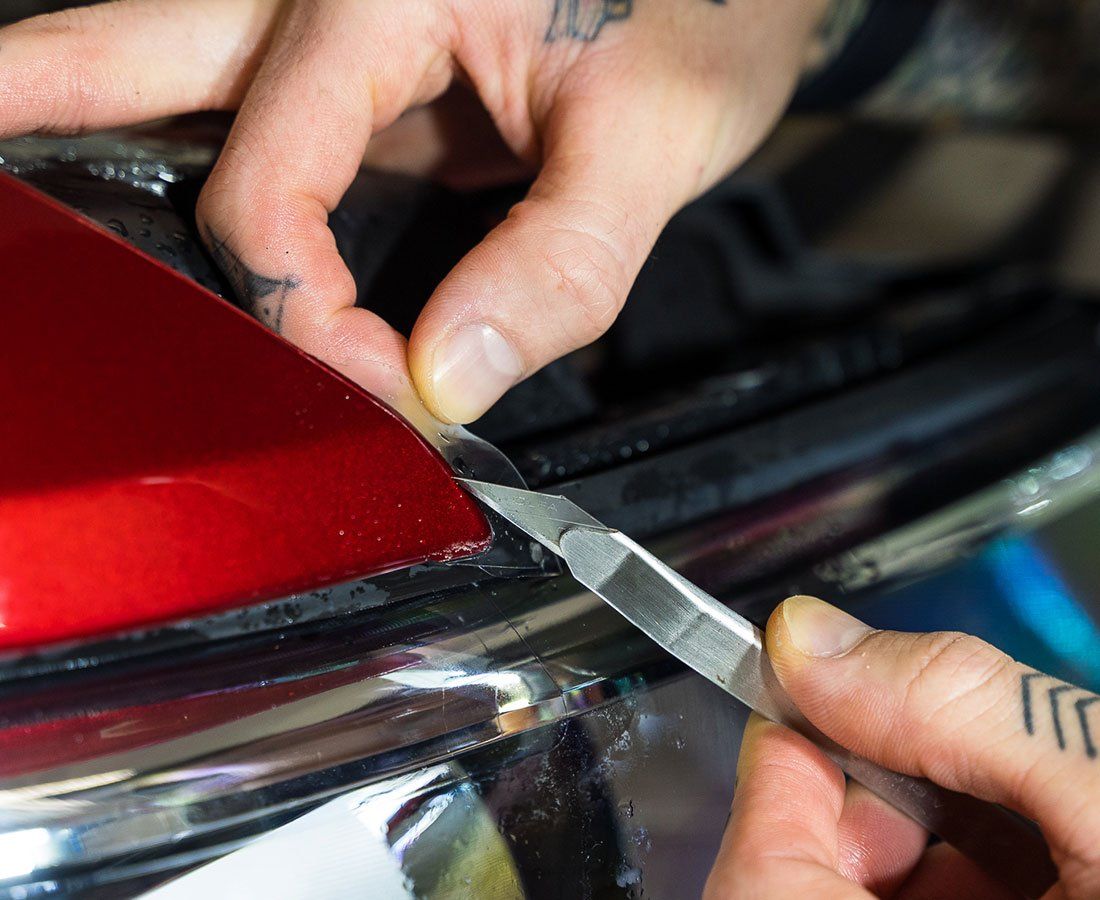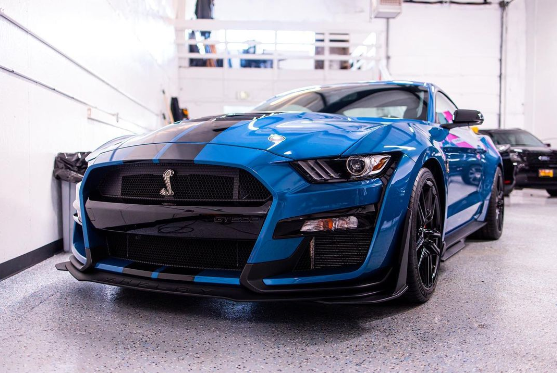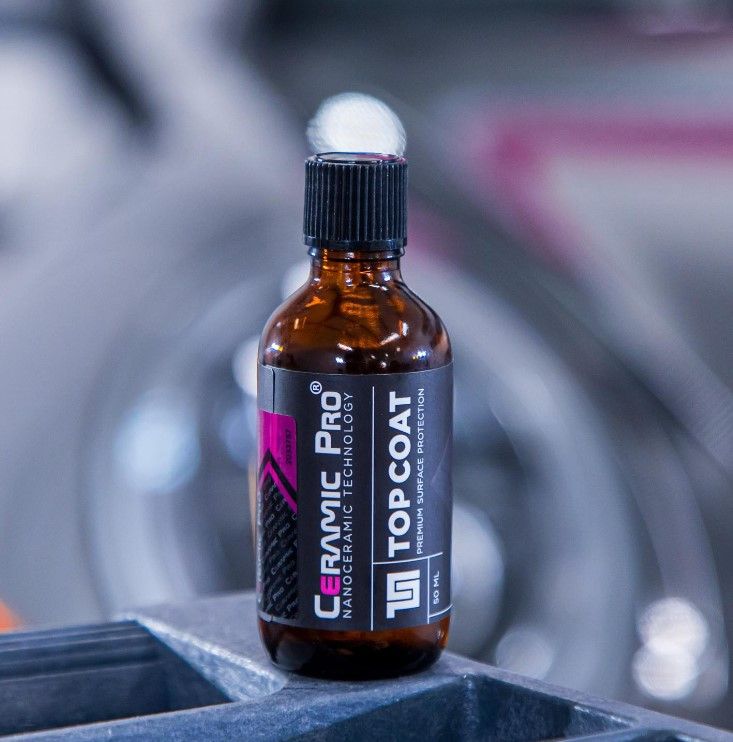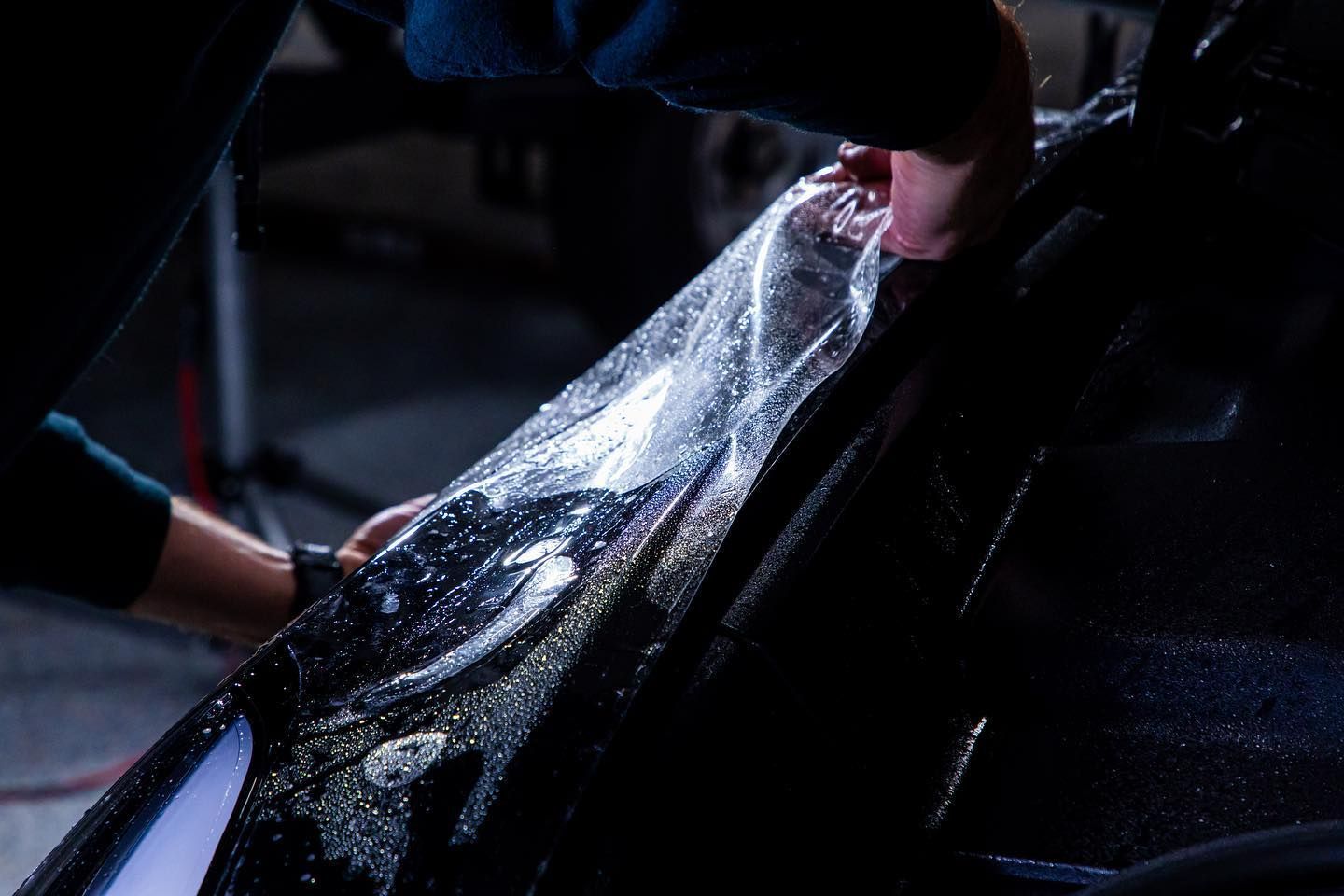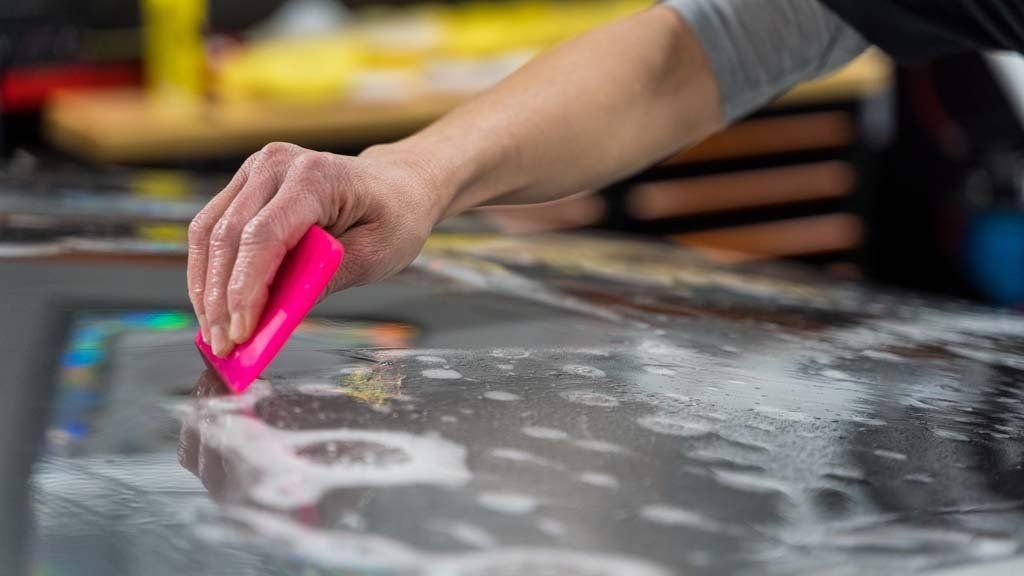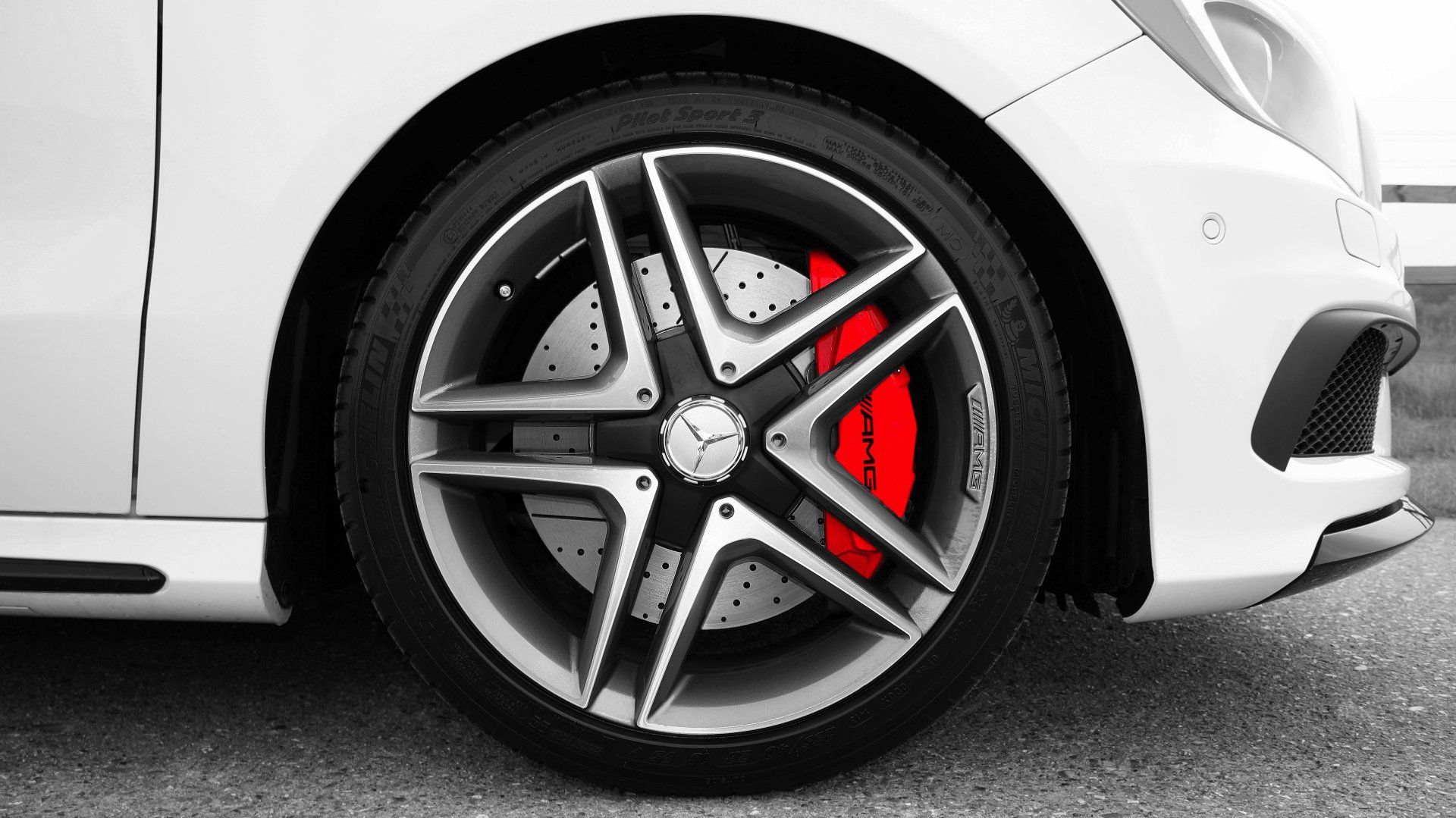Ceramic Coating for Older Vehicles: Is It Worth the Investment?
CALL (253) 533-6776When it comes to maintaining older vehicles, many drivers often find themselves caught in a dilemma: should they invest in repairs or focus on enhancing the car's appearance? Ceramic coating is a compelling option that often goes unnoticed. This modern protective solution not only keeps paint looking fresh but also extends its lifespan, meaning your trusty ride could gleam like new again. Imagine the pride of driving an older car that stands out for all the right reasons, thanks to a smart investment in ceramic coating. Before making a decision, it’s essential to weigh the benefits and drawbacks of this innovative treatment against your vehicle’s specific needs. Let’s dive deeper into whether ceramic coating is truly worth the investment for older cars.
Yes, applying ceramic coating to older vehicles can be worthwhile as it provides long-lasting protection against swirls, UV rays, and environmental contaminants, ultimately enhancing the vehicle's appearance. While the results may vary depending on the current condition of the paint and proper application, many users find that this investment extends the life of their car's exterior and simplifies maintenance in the long run.
Pros and Cons of Ceramic Coating for Older Cars
One of the key advantages of applying ceramic coating to an older vehicle is its ability to provide long-term protection. A properly applied ceramic coat forms a resilient shield against various environmental factors that can deteriorate paint quality—UV rays, bird droppings, acid rain, and even road salt. For owners of classic cars or older models with deteriorating paintwork, this level of protection can play a crucial role in preserving their aesthetic appeal. Imagine driving your 2013 Honda Pilot with confidence, secure in the knowledge that your investment is actively shielding its exterior from deterioration.
Pros
Another noteworthy pro is the longevity of the ceramic coating itself. Unlike traditional waxes, which usually need reapplication every few months, a high-quality ceramic coating can last several years with minimal upkeep. This means fewer trips to the detailing shop and more time enjoying your vehicle. Moreover, many users report experiencing a dramatic improvement in appearance post-application. Vehicles often boast a deeper, glossier finish after getting a ceramic coat on their surfaces, enhancing their overall look impressively. According to surveys conducted among car enthusiasts, there’s often a reported improvement of approximately 40% in perceived appearance after such treatments.
Cons
However, these enticing benefits come with some potential drawbacks. The initial investment for ceramic coatings can be substantial depending on who you choose for the job and the condition of your vehicle's paint. For some owners of older cars who may have budget constraints, this cost can be a significant hurdle.
Moreover, older vehicles often require extensive preparation before the ceramic coating can even be applied effectively. This might include correcting any chips in the paint that could hinder adhesion and subsequently compromise effectiveness. As a result, you might find yourself investing not only more money but also valuable time to get the vehicle in proper shape—this preparation process can sometimes equal or exceed the application costs.
Lastly, consider that for those who don’t drive their older vehicles frequently or place high importance on maintaining immaculate appearances, this investment might seem like overkill. For these drivers, regular wax applications or sealants may offer sufficient protection without incurring significant costs.
By examining these factors closely, we can now transition into understanding how ceramic coatings perform on surfaces that have aged over time.
Effectiveness on Aged Paint Surfaces
The condition of your vehicle's paint significantly impacts its ability to benefit from a ceramic coating. Older vehicles often bear the scars of time: swirl marks and chips that mar their exterior. These imperfections must be addressed before applying the protective layer of ceramic coating.
Think of it like laying a fresh coat of paint on a wall that hasn't been prepped properly; without the right foundation, the results won't just be less than stellar—they may fall short entirely, leading to disappointing longevity and adhesion.
To achieve optimal results, meticulous paint correction is vital. This process involves buffing and polishing the existing paint surface to eliminate minor defects and restore clarity. A good correction process not only smooths the surface but also prepares your car's skin for future elements.
Because if those issues remain unaddressed, even the highest-quality ceramic coating might not bond effectively, resulting in peeling or failure over time.
Once these initial challenges are tackled, however, the rewards are significant. A properly applied ceramic coating serves as a robust shield for aging paint surfaces. It enhances gloss retention by up to 80% when compared to untreated aged finishes, meaning your car will shine brighter and more deeply than before.
While the initial costs can seem high, most users agree that such an investment feels worthwhile given that ceramic coatings can last up to five years, far surpassing traditional waxes that usually wear off after three months.
Additionally, applying a ceramic coating has shown significant performance benefits beyond aesthetics. Studies indicate that vehicles treated with this coating experience a staggering 70% reduction in surface etching from environmental contaminants, making maintenance simpler compared to untreated surfaces.
After all, cleaner cars not only look good but also require far less effort during washes due to reduced grime adhesion.
Given these compelling advantages, it's essential to explore how ceramic coatings stack up against other protective options available for your vehicle's paint.
Comparison with Wax and Other Protective Coatings
Traditional waxes, synthetic sealants, and ceramic coatings are three primary options available to vehicle owners, each boasting unique strengths and weaknesses that can significantly impact your decision.
Traditional waxes are popular for their ability to impart a rich, deep shine to a vehicle's paint but fall short in durability. That glossy finish may catch the eye initially, but it typically fades within just 3-6 months, requiring repetitive applications to maintain that sparkle.
On the other hand, synthetic sealants offer enhanced durability with a lifespan of about 6 to 12 months. However, they still can't quite match the impressive protective qualities offered by ceramic coatings. Think of it this way: synthetic sealants provide convenience compared to wax but may leave your vehicle vulnerable against harsher environmental factors like UV rays and moisture damage.
When discussing ceramic coatings, it's important to highlight their standout attribute: longevity. Unlike their traditional counterparts, ceramic coatings can last anywhere from 2 to 5 years with proper maintenance. They offer formidable protection against swirls, chemical stains, and environmental contaminants—all critical for older vehicles that often experience wear and tear. This level of protection translates into reduced upkeep efforts over time; many users report far easier cleaning routines due to the hydrophobic properties of ceramics, which repel water and grime more effectively than wax or sealants.
Durability Comparison
As seen in the table above, ceramic coatings present both an investment and a value proposition. Although they have a higher upfront cost, this initial expense quickly pays off considering the reduced maintenance requirements and superior longevity.
With a clearer understanding of how these protective options compare, we can now assess the various costs associated with applications for ceramic coating.
Costs Involved in Ceramic Coating
When it comes to the world of ceramic coatings, many vehicle owners often find themselves pondering their budget. Factors such as the size of your vehicle, its current condition, and—perhaps most importantly—the quality of the coating product being used can significantly influence this figure. Investing in the appropriate coating is crucial to ensuring its durability against the daily driving wear and tear.
Now think beyond just the initial financial investment; consider this: investing in ceramic coating often saves you money on maintenance down the road. Ceramic coatings are renowned for their hydrophobic properties, which means they repel water effectively and reduce the frequency of washes required to keep your car looking pristine. This ease of care not only saves time but also ensures your vehicle retains its value over time.
It's worth mentioning that there are DIY options available for those who enjoy tackling projects themselves. However, buyers should weigh these options carefully. Despite potentially lower costs, DIY kits can vary widely in quality and effectiveness. The results might not always match those achieved through professional application, where expertise and superior products are key factors in achieving a durable finish.
Before venturing into a DIY ceramic coating project, assess your vehicle's current paint job condition and ask yourself whether you possess the skills necessary to apply the coating thoroughly without shortcuts that might compromise its longevity.
Once you've grasped these costs and considerations, evaluating real-world performance through user testimonials can provide invaluable insights into the effectiveness of ceramic coatings.
For more details and professional services, visit our website.
If you're considering enhancing your older vehicle's appearance and protection with ceramic coating, don't hesitate to reach out for expert assistance. Call us at (253) 533-6776 or contact us through
this link.
